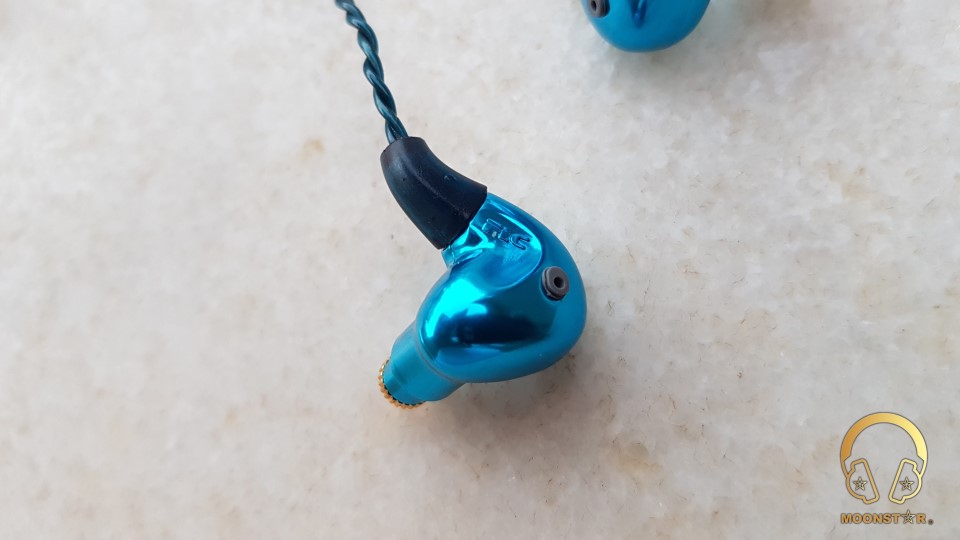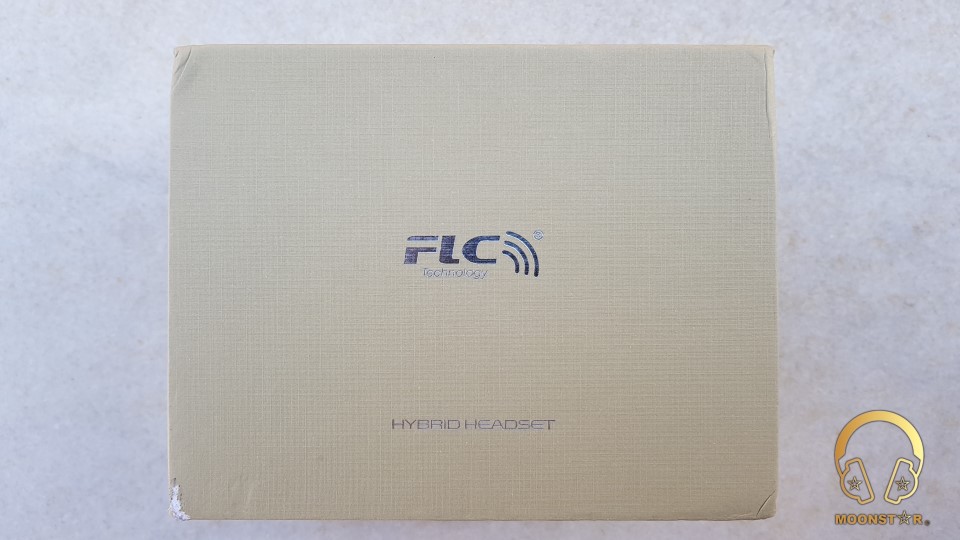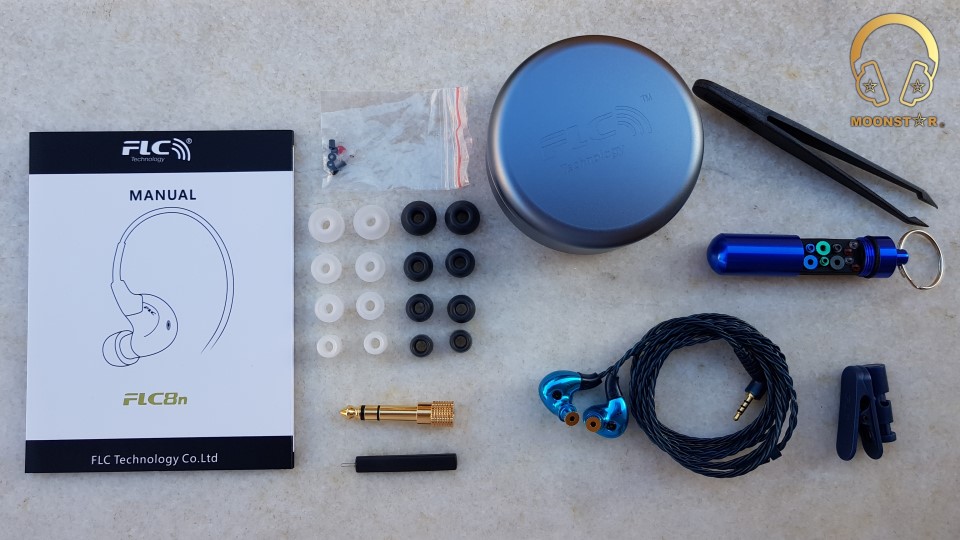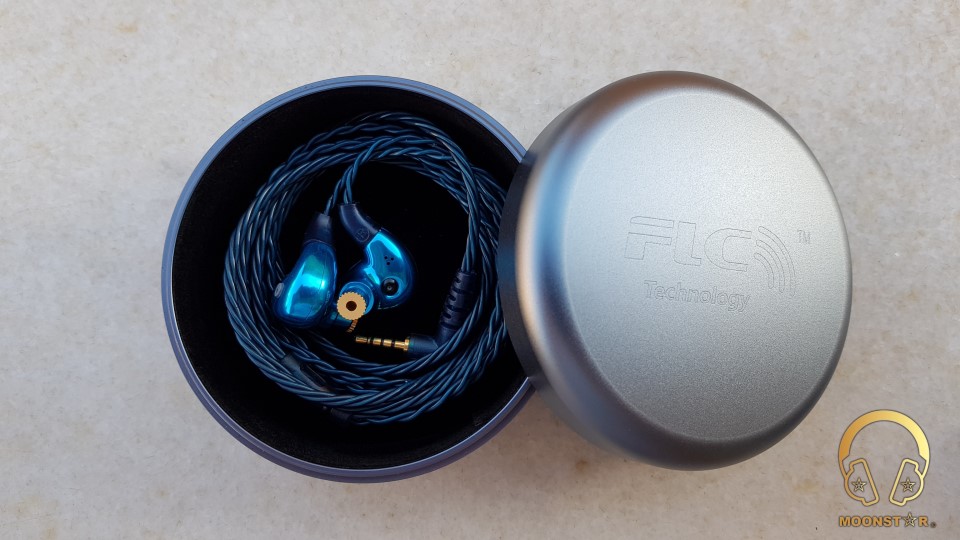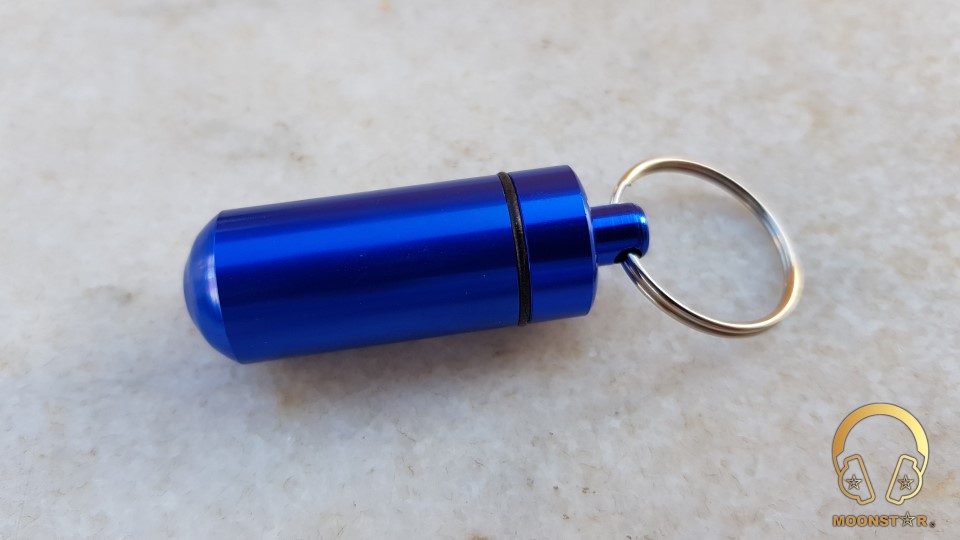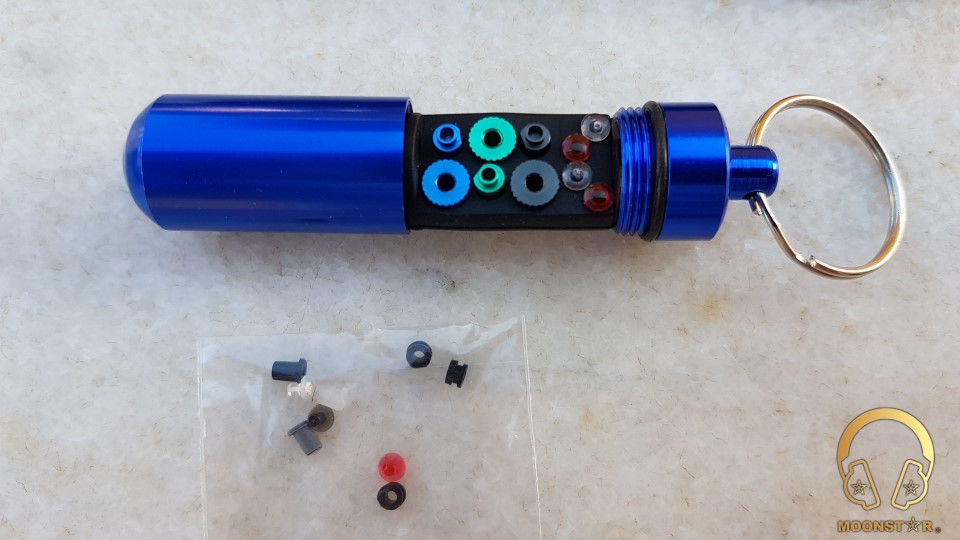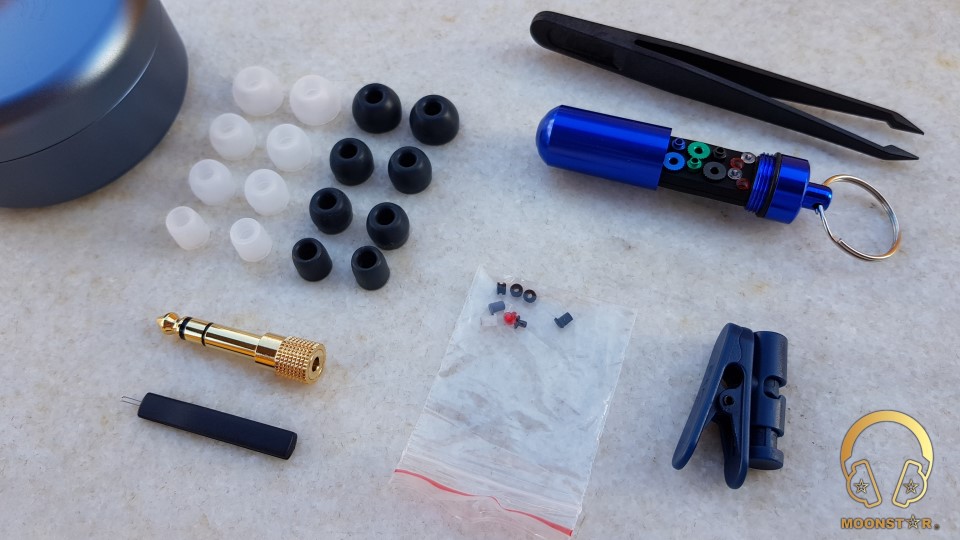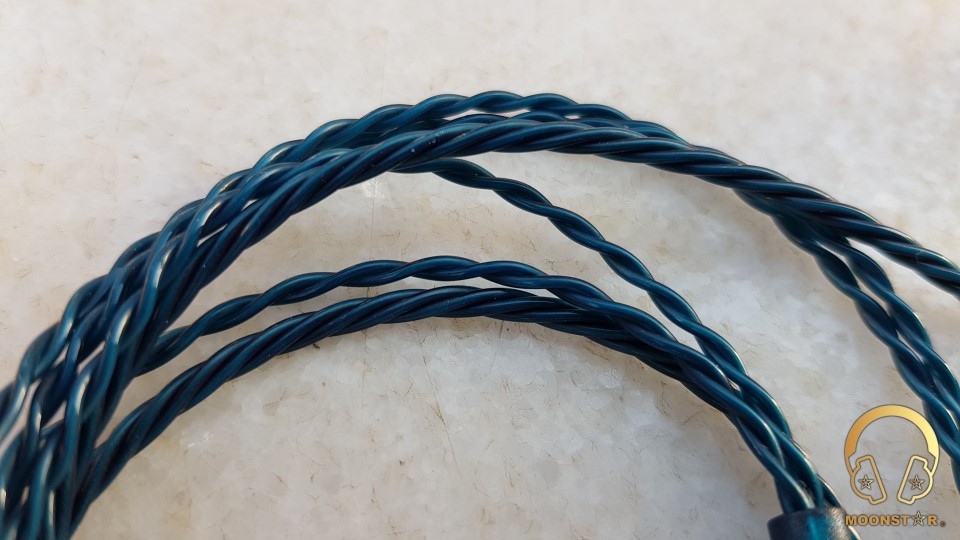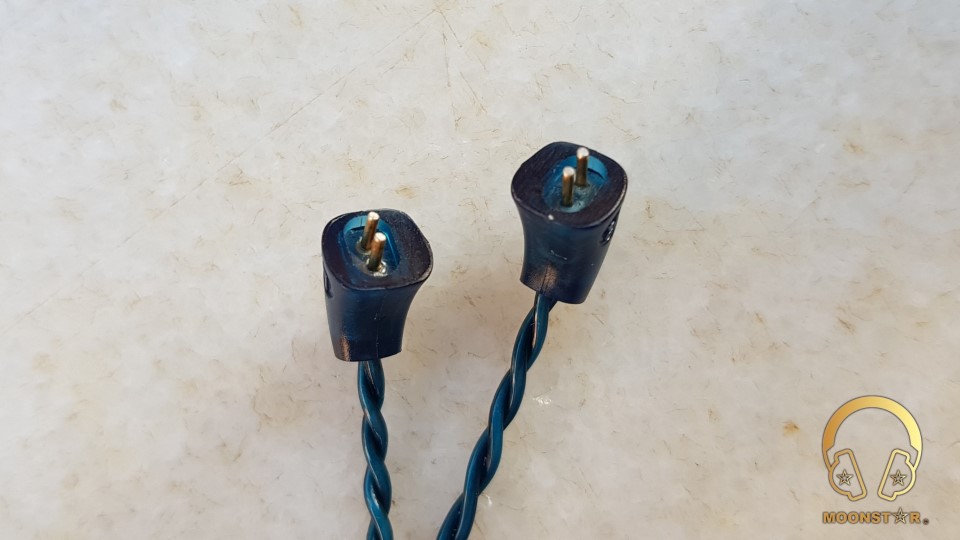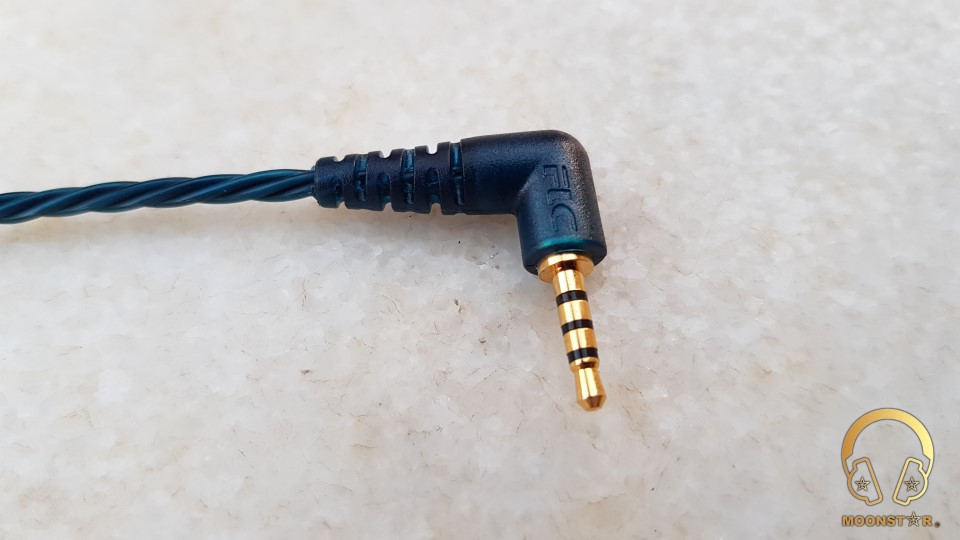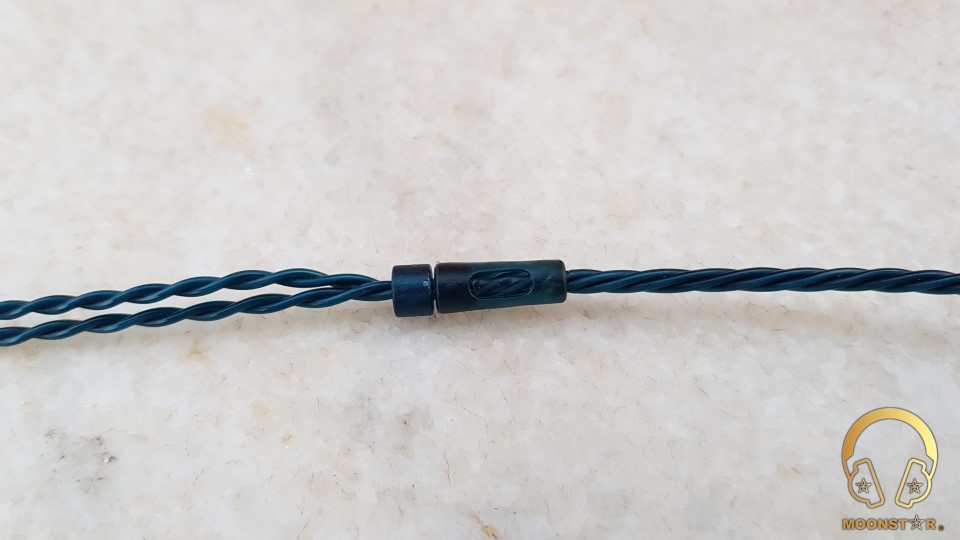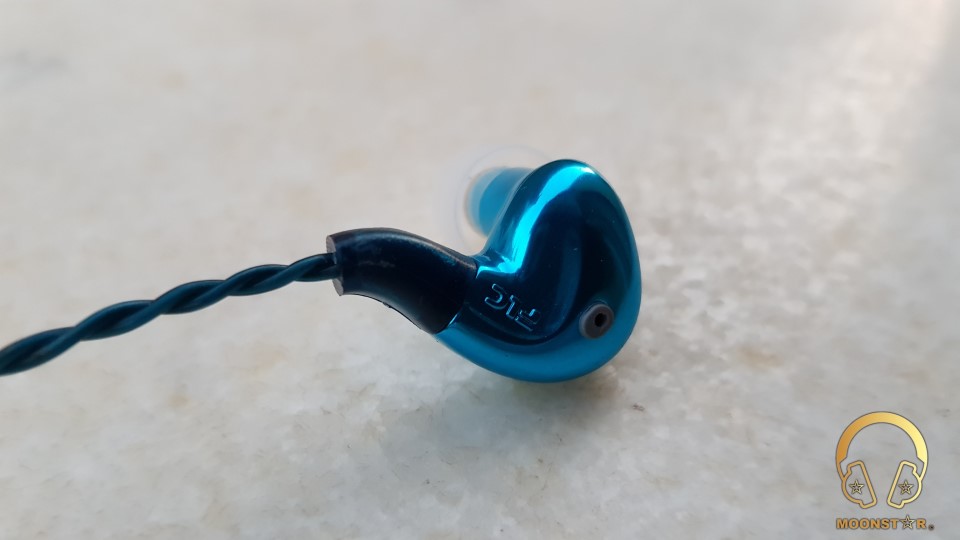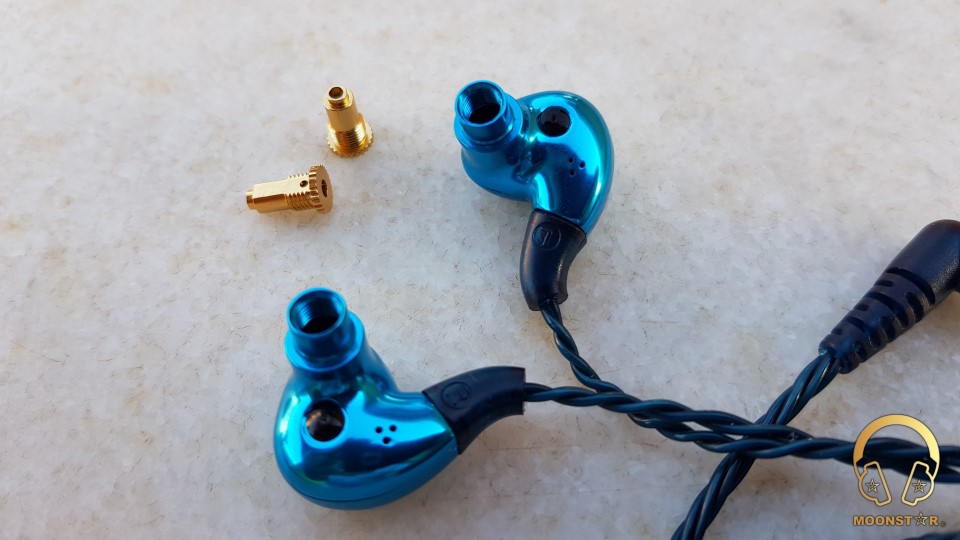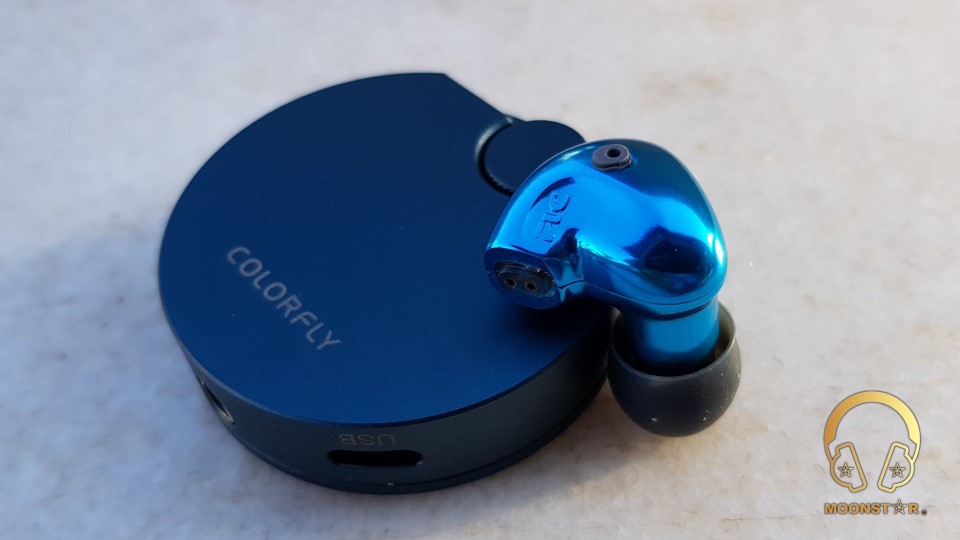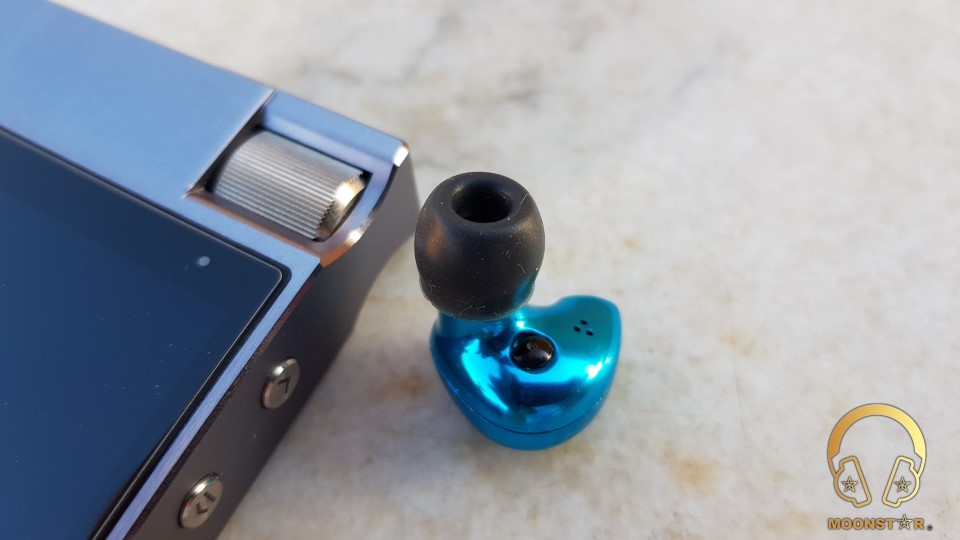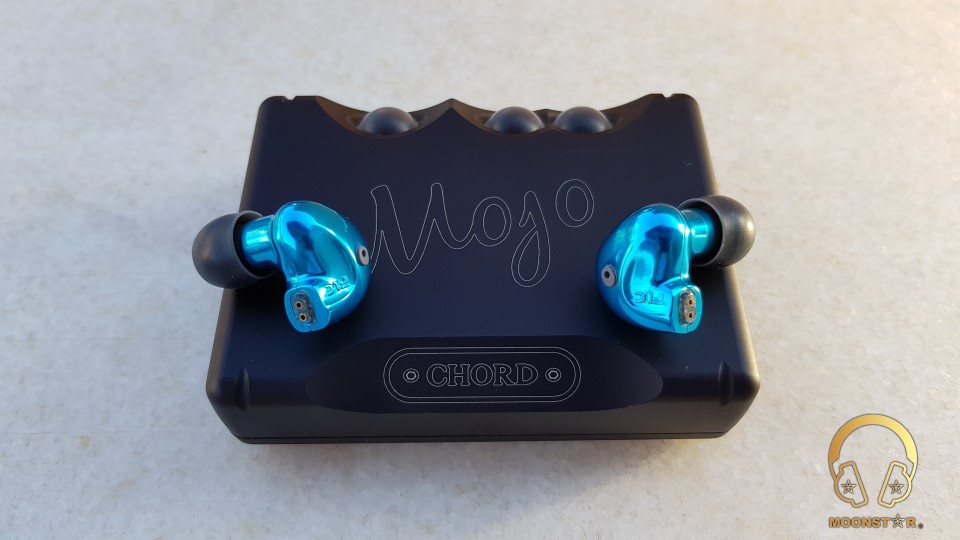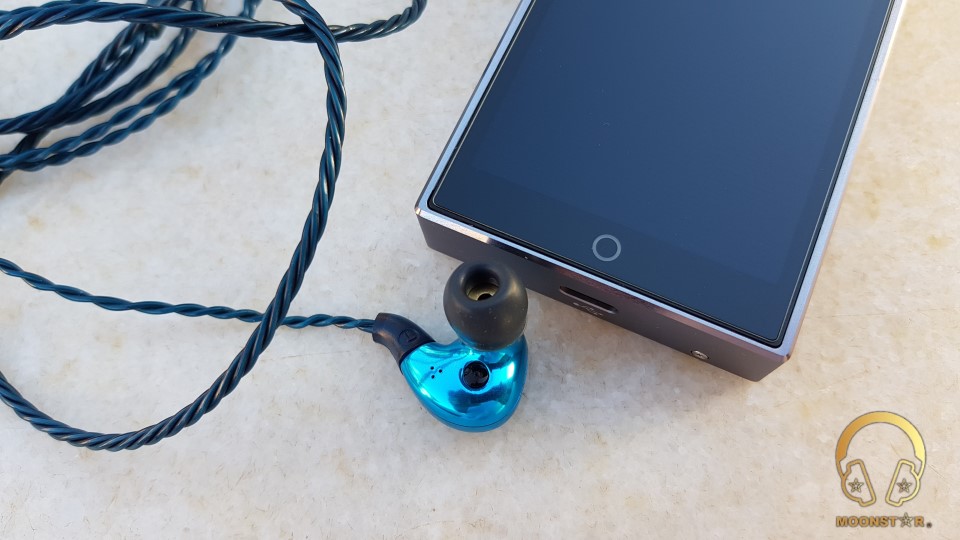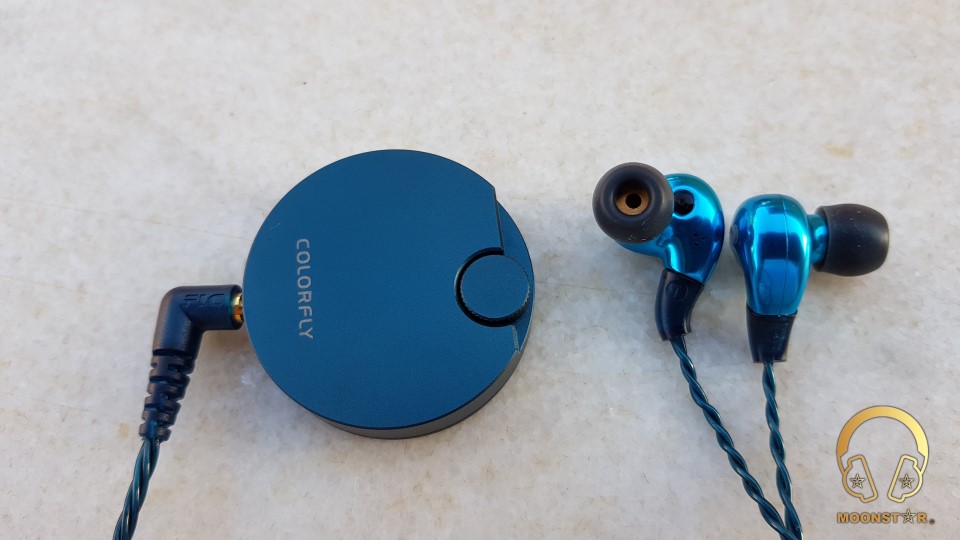The FLC8n is a three-driver hybrid design (single dynamic, dual BA) IEM from FLC Technologies. It is the latest update to the previous generation of the design, the FLC8s. The FLC8s was a name that would pop up fairly often in my days of browsing r/headphones, commonly recommended for being a strong purchase in the $300 range. Let’s see if the updated 8n can live up to the legacy that FLC has built for themselves.
I’d like to thank Andrew from Musicteck for setting me up with the FLC8n for review. I will be assessing the overall quality of the product with as little bias as possible.
The FLC8n can be picked up from Musicteck from the following link:
The FLC8n comes packaged with a plethora of accessories. I am fairly impressed here. In the box, you can find a ‘tweezer’ to help fiddle with the filter system, the IEMs & cable, filters (and spare filters in case you lose some, I suppose), a solid selection of tips, clips, and other doodads.
A quick comment on the included tips (not shown in photo below: those are third-party tips) — they feel like they are of pretty decent to high quality, but have a more cylindrical shape to them as opposed to the conventional ‘dome’ shaped silicone tips.

The 8n also comes in a hefty milled aluminum case, that has a screw-on lid. Neat to have, and would absolutely protect your IEMs from the elements — but probably not the most practical for carrying around. It’s quite heavy, and a bit bulky (but no larger than a Pelican 1010, so your call).
The original FLC8s had an ungodly springy and stiff cable, which stuck out like a sore thumb in daily use. Thankfully, the FLC8n seems to attempt to address the poor quality of the previous generation’s cable. The cable’s outer material looks more or less the same, sporting a dark teal sheathing with a very slight rubbery coating. It has the slightest bit of ‘stick’ to clothing and such, but not enough for me to consider it a big deal. The splitter and connectors are cased in a semi-hard, translucent blue plastic. Most importantly, the core of the cable feels to be far less stiff than the previous cable, it’s actually fairly flexible and soft.
Unfortunately it still has a noticeable springiness, as coiling it up will simply result in it ‘jumping’ back open.
The 8n seems to be put together well. There aren’t any obvious shortcomings to its build quality, with its CNC’d aluminum construction and detachable cable. The housing’s design is also different from the previous 8s, it seems to be more ergonomically shaped — though the old 8s didn’t give me any issues with comfort, I could see many preferring the more conventional design of the new 8n. Weight is nothing out of the ordinary as well; it isn’t light enough to feel cheap nor too heavy to be comfortable.

The nozzle is longer than the typical IEM, allowing for a fairly deep insertion with smaller tips. The aluminum craftsmanship is good, though the housing has very evident seams that aren’t 100% aligned with each other. The FLC logo is embossed just below the MMCX port on each IEM. The three sound adjustment options are located in the nozzle, and two filtered vents on the medial / lateral sides of the housing. There are three small vents spaced in a triangular organization on the medial side of each IEM.
The FLC8n, as many are aware, have a configurable sound tuning system that was first introduced with the FLC8s. While most filter-based tuning systems seem to have simple adjustments in the upper frequency regions using different nozzles, the 8n takes it two steps further by allowing customization in the bass and subbass frequencies as well.

There are three categories to make adjustments to: ultra-low frequency, low frequency, and mid-high frequency filters. The various plugs / nozzles are conveniently self-contained a blue metal pill keychain (which I assume is waterproof).
Unfortunately, even with the included tweezers for changing filters, the bass frequency plugs are kind of a sore to fiddle with — this system carries over directly from the 8s, with minimal changes. They’re very tiny and a bit of a chore to remove from the IEM. However, once you find your preferred sound I imagine you wouldn’t be changing the filters much. I also noticed that the threading on the interchangeable nozzles on the 8n are of much higher quality than other IEMs I’ve tried with this system (screwing them on/off is a much smoother, quieter experience than the BGVP DMG and LZ A4).
After testing the various filters, I found that my preferences aligned best with the default configuration of filters:
I found the other filters to make easily noticeable changes to the sound — these are not smaller, debatable changes like cables and sources. In other words, this IEM can be configured to the point where someone who enjoys one sound configuration, can easily dislike another configuration.
GREY: slightly north of neutral, not overpowering. IMO the optimal amount for my preference.
BLACK: very heavy midbass, a bit boomy, and noticeable lower midrange bleeding. The basshead filter of choice.
GOLD: upper midrange is boosted generously but not overdone, treble has good energy and decent extension.
BLUE: midrange sounds sucked out, treble is unnaturally dark and scooped out.
GREEN: more sparkle to the treble, more energetic. Lower treble seems to have extra shimmer. Possibly fatiguing to some.
GUNMETAL: upper midrange is less bumped, warmer, a little more veiled than gold. Treble seems more / less similar.

BASS
With my preferred configuration, the FLC8n has a bass presentation that leans towards a deep subbass rumble with a more tame midbass kick. Not many IEMs lean towards this bass balance, so the FLC8n’s versatility in fine-tuning the sound proves to come in handy here. As a result, the FLC8n provides a meaty, thick low end, avoiding any noticeable congestion or confusion between the midbass and lower midrange frequencies. The subbass extends down as low as I’d like with the dynamic driver. The midbass is controlled, yet punchy enough to bring authority to the low end. The implementation of the DD in the hybrid config seems to be well done, as I can’t find any distinct signs of incoherence in the tuning. However, the bass of the FLC8n could benefit more from some improvements in technicalities, particularly texturing and microdynamics.

The FLC8n has commendable bouts of detail and resolution, but it is not exactly what I would describe as the epitome of natural sound (I’d be hard pressed to find something that represents that at this price range anyway). However, the 8n has another trick up its sleeve. Its custom-tuning sound system does one thing very well that few other IEMs can, which is excel in versatility. This IEM would be a safe buy for the consumer who is not entirely sure what he/she is looking for, other than to enjoy the music. As long as the listener’s preferences do not sit within the rare extremes, the 8n should be flexible enough to not offend anyone. Too much bass? No problem. Treble too piercing? 8n has it covered. In my case, though having tried dozens of mid to high-end IEMs in the past two years, the 8n is still capable of producing a very enjoyable, well-tuned sound signature that puts it above many more expensive pieces.
I’d like to thank Andrew from Musicteck for setting me up with the FLC8n for review. I will be assessing the overall quality of the product with as little bias as possible.
The FLC8n can be picked up from Musicteck from the following link:
The FLC8n comes packaged with a plethora of accessories. I am fairly impressed here. In the box, you can find a ‘tweezer’ to help fiddle with the filter system, the IEMs & cable, filters (and spare filters in case you lose some, I suppose), a solid selection of tips, clips, and other doodads.
A quick comment on the included tips (not shown in photo below: those are third-party tips) — they feel like they are of pretty decent to high quality, but have a more cylindrical shape to them as opposed to the conventional ‘dome’ shaped silicone tips.

CABLE
The original FLC8s had an ungodly springy and stiff cable, which stuck out like a sore thumb in daily use. Thankfully, the FLC8n seems to attempt to address the poor quality of the previous generation’s cable. The cable’s outer material looks more or less the same, sporting a dark teal sheathing with a very slight rubbery coating. It has the slightest bit of ‘stick’ to clothing and such, but not enough for me to consider it a big deal. The splitter and connectors are cased in a semi-hard, translucent blue plastic. Most importantly, the core of the cable feels to be far less stiff than the previous cable, it’s actually fairly flexible and soft.
Unfortunately it still has a noticeable springiness, as coiling it up will simply result in it ‘jumping’ back open.
BUILD & DESIGN
The 8n seems to be put together well. There aren’t any obvious shortcomings to its build quality, with its CNC’d aluminum construction and detachable cable. The housing’s design is also different from the previous 8s, it seems to be more ergonomically shaped — though the old 8s didn’t give me any issues with comfort, I could see many preferring the more conventional design of the new 8n. Weight is nothing out of the ordinary as well; it isn’t light enough to feel cheap nor too heavy to be comfortable.

The nozzle is longer than the typical IEM, allowing for a fairly deep insertion with smaller tips. The aluminum craftsmanship is good, though the housing has very evident seams that aren’t 100% aligned with each other. The FLC logo is embossed just below the MMCX port on each IEM. The three sound adjustment options are located in the nozzle, and two filtered vents on the medial / lateral sides of the housing. There are three small vents spaced in a triangular organization on the medial side of each IEM.
FILTER SYSTEM
The FLC8n, as many are aware, have a configurable sound tuning system that was first introduced with the FLC8s. While most filter-based tuning systems seem to have simple adjustments in the upper frequency regions using different nozzles, the 8n takes it two steps further by allowing customization in the bass and subbass frequencies as well.

There are three categories to make adjustments to: ultra-low frequency, low frequency, and mid-high frequency filters. The various plugs / nozzles are conveniently self-contained a blue metal pill keychain (which I assume is waterproof).
Unfortunately, even with the included tweezers for changing filters, the bass frequency plugs are kind of a sore to fiddle with — this system carries over directly from the 8s, with minimal changes. They’re very tiny and a bit of a chore to remove from the IEM. However, once you find your preferred sound I imagine you wouldn’t be changing the filters much. I also noticed that the threading on the interchangeable nozzles on the 8n are of much higher quality than other IEMs I’ve tried with this system (screwing them on/off is a much smoother, quieter experience than the BGVP DMG and LZ A4).
SOUND
After testing the various filters, I found that my preferences aligned best with the default configuration of filters:
- Red (highest subbass)
- Gray (medium bass)
- Gold (most mids, least treble)
I found the other filters to make easily noticeable changes to the sound — these are not smaller, debatable changes like cables and sources. In other words, this IEM can be configured to the point where someone who enjoys one sound configuration, can easily dislike another configuration.
BASS FILTERS
TRANSLUCENT: light bass, still a bit punchy. Works nicely with acoustic / orchestral tracks (but is it worth the trouble switching the tiny filters for specific tracks?).
GREY: slightly north of neutral, not overpowering. IMO the optimal amount for my preference.
BLACK: very heavy midbass, a bit boomy, and noticeable lower midrange bleeding. The basshead filter of choice.
SUBBASS FILTERS:
TRANSPARENT: severe subbass roll off. Probably wouldn’t ever use this.
GUNMETAL: sounds about right in terms of quantity, rumble is there but not very ear-tickling. This sounds the most natural to me — I like this one, but I stick to the red subbass plug to keep things interesting.
RED: Lift in the subbass, very rumbly and authoritative. Can sometimes get fatiguing, which is where the gunmetal comes into play. I like this one, but I call it a draw with gunmetal.
GUNMETAL: sounds about right in terms of quantity, rumble is there but not very ear-tickling. This sounds the most natural to me — I like this one, but I stick to the red subbass plug to keep things interesting.
RED: Lift in the subbass, very rumbly and authoritative. Can sometimes get fatiguing, which is where the gunmetal comes into play. I like this one, but I call it a draw with gunmetal.
MID/TREBLE FILTERS:
GOLD: upper midrange is boosted generously but not overdone, treble has good energy and decent extension.
BLUE: midrange sounds sucked out, treble is unnaturally dark and scooped out.
GREEN: more sparkle to the treble, more energetic. Lower treble seems to have extra shimmer. Possibly fatiguing to some.
GUNMETAL: upper midrange is less bumped, warmer, a little more veiled than gold. Treble seems more / less similar.

BASS
MIDS
I’ve chosen the gold filter configuration as my preferred setup, emphasizing the midrange with a neutral treble tuning. Thankfully (and surprisingly), the FLC8n does not have the instantly noticeable midrange glariness and nasal timbre of the FLC8s. The FLC8n’s midrange is well-isolated from its neighboring bass frequencies, I can’t detect any obtrusive midbass bleed — if present, it is minimal at most. Lower midrange has ample body and weight, straying away from my expectation of ‘lean’ v-shaped vocals — I’m very happy with the note weight and balance of vocals, which is for the most part natural (for the most part… see below). Upper midrange also has a solid sense of clarity and articulation, however once again the 8n’s upper midrange texturing / resolution falls just short of being best-in-class. While the 8n’s vocals do not have the immediate sense of ‘weirdness’ that the 8s gave me, I feel the 8n’s midrange can still occasionally have an artificial sharpness in the top octave of vocals (though to a much, much, MUCH lesser extent than the 8s — perhaps to the point where the typical listener would not even care).
TREBLE
The FLC8n’s treble performance through my preferred configuration (gold nozzle) doesn’t really have any exciting or special properties, but also doesn’t have any major downfalls. There’s a good sense of detail and certainly enough emphasis to inject energy into all genres of music; it sounds fine on almost everything I’ve played through it. In terms of absolute quantity, this setup may cause issues for those highly sensitive to treble, but just barely so. For me personally, there are no overly harsh peaks or sudden dips / voids in the treble. The biggest ‘flaw’ in the (lower) treble likely goes hand-in-hand with the upper midrange’s artificial sharpness, but even that requires some serious focus and concentration to pick out. Apart from that small quirk, the treble with the gold filter demonstrates good high frequency control with once again, ‘decent’ extension. It doesn’t have incredible sparkle or air, but its performance is certainly praiseworthy due to its lack of major flaws.
MISC: STAGING
I generally don’t make any straightforward remarks on soundstage, but the FLC8n seems to be a bit of an oddball here. Soundstage is noticeably large in a vertical sense, and not overly claustrophobic in any direction. Through a bit of listening, I noticed the FLC8n’s vocals can sound sort of as if they are being replicated in a spacious hall, with hazy directional cues. Kind of like an out-of-phase, in-your-head, yet spread-out type of imaging.

















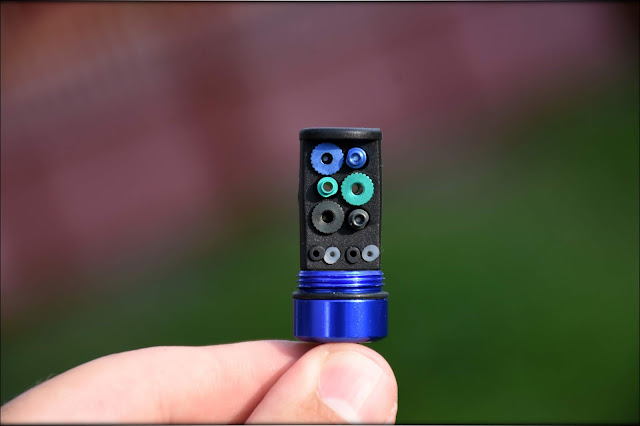







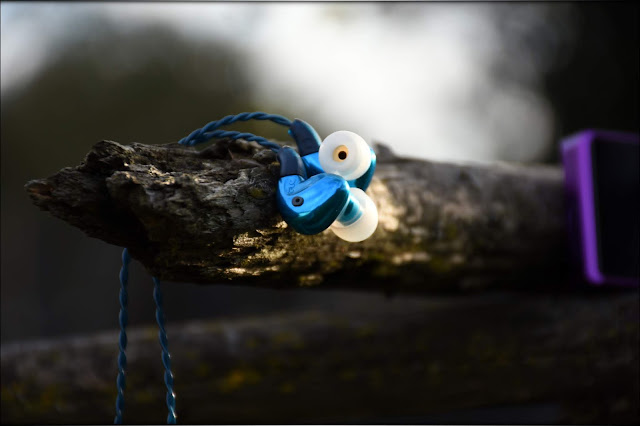



















































 However, the FLC team clearly lack marketing skills (at least in the English language) and seem to put out a rather weak message about their new products. For months now, people have been asking for information on the FLC8D, FLC8N and Celeste, and it's been like getting blood out of a stone. In particular, some important questions seem to have been ducked over and over. For example: 1) Will the FLC8N sound better than the FLC8S? 2) If so, how/why? The only answers that I'm aware of from FLC are 1) FLC8N has a wider soundstage and 2) this is because FLC8N uses a "newer" armature. When asked what was the improvement in the armature design, FLC didn't know, because it was proprietary to the armature manufacturer. So, all we're really expecting is apparently a wider soundstage(?).
However, the FLC team clearly lack marketing skills (at least in the English language) and seem to put out a rather weak message about their new products. For months now, people have been asking for information on the FLC8D, FLC8N and Celeste, and it's been like getting blood out of a stone. In particular, some important questions seem to have been ducked over and over. For example: 1) Will the FLC8N sound better than the FLC8S? 2) If so, how/why? The only answers that I'm aware of from FLC are 1) FLC8N has a wider soundstage and 2) this is because FLC8N uses a "newer" armature. When asked what was the improvement in the armature design, FLC didn't know, because it was proprietary to the armature manufacturer. So, all we're really expecting is apparently a wider soundstage(?).








